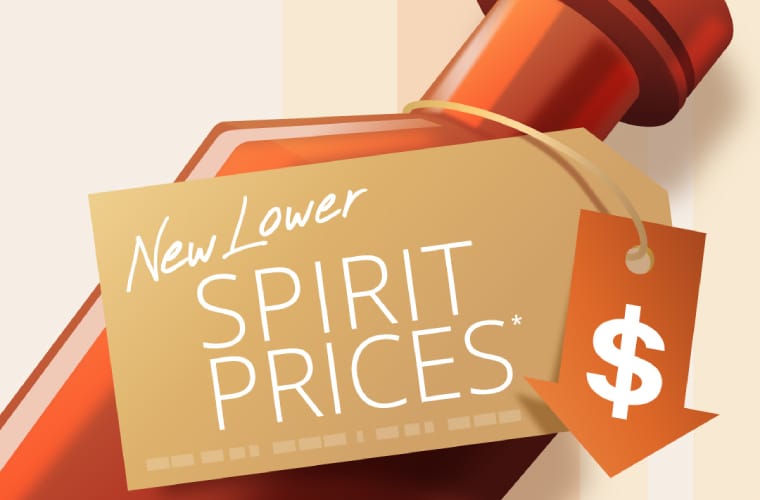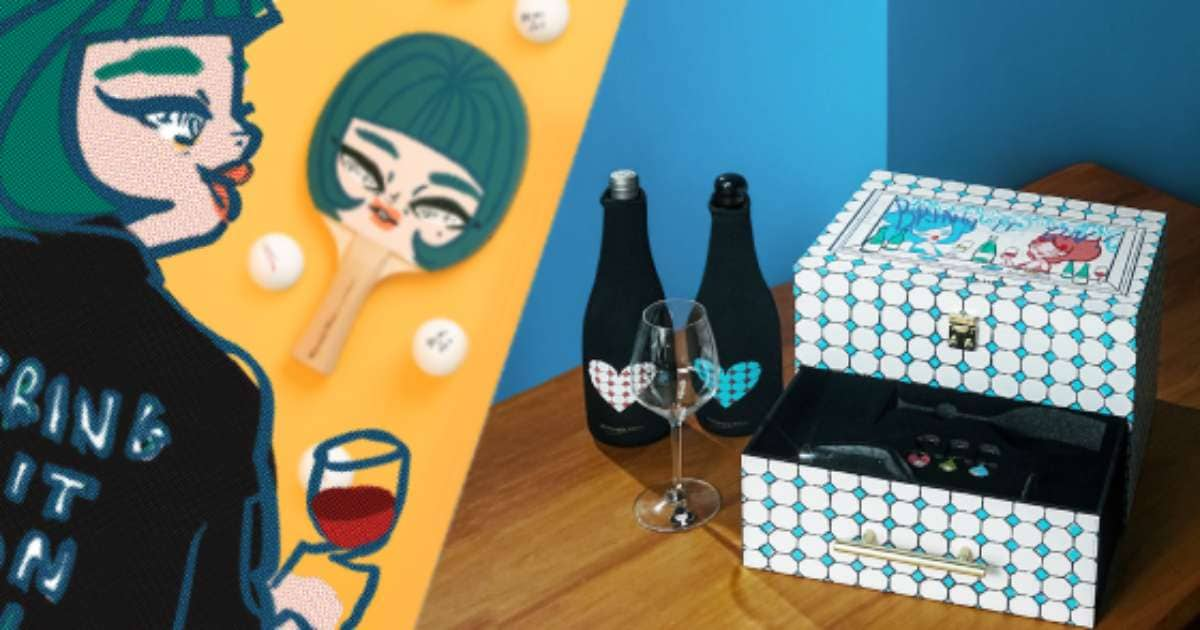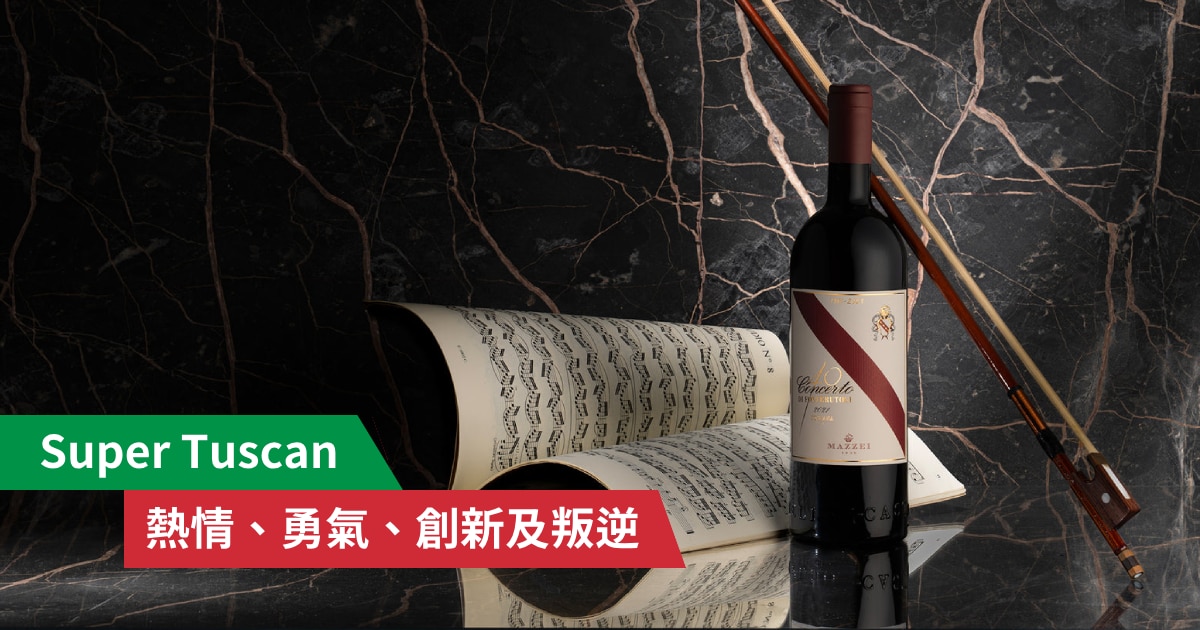Wine is an intrinsic part of Italian culture, with a wide range of wine offerings famous worldwide. Notably, its “ABC”, an abbreviation of the best-known Italian wines, including Amarone, Barolo, Barbaresco, Brunello, and Chianti, is easy to remember and a good starting point to explore the historical wine-producing country. Let’s learn more about each of the ABCs now!
Amarone
Amarone, formally known as Amarone della Valpolicella, is a unique style of wine, a true jewel in the Italian wine crown. Made with partially dried grapes of mainly Corvina and other designated red grapes, this DOCG wine from Valpolicella, Veneto red takes 2 times as many grapes to produce the same amount of wine when compared to regular reds and is characterised by being ripe, deliciously rich, full-bodied and with high alcohol (a minimum of 14% ABV).

The long process of air-drying and slow fermentation of making Amarone can be effortful but is proved to be worthwhile to produce the beautifully rich and concentrated wine. There are 3 sub-regions of Amarone, with the best-known one being Amarone Classico, which is the most elegant and aromatic. With its elegance and structure, Amarone is perfect with red meats or mature cheeses.
Barolo
Hailed as “the wine of kings, the king of wine”, Barolo is an Italian DOCG wine with exquisite quality and illustrious history produced in the northern Italian region of Piedmont. It has to be made with 100% Nebbiolo, an indigenous grape variety of Italy, and aged for at least 3 years in the cellar before release. For those who are not familiar with Barolo, when they first see its colour – which is usually light and translucent – they may mistakenly think that it’s a light-bodied wine. Yet, it’s typically very well-structured, with a full body, good acidity, and strong tannin, expressing the aromas of raspberry, cherry, tar, and rose.
They are also known for their age-worthiness, with the best examples being able to age gracefully for decades. Thanks to the modern development of the vineyards and wineries, many of them are ready to drink at a younger age. There is also a greater focus on terroir as shown in the single-vineyard offerings of the producers.

Barbaresco
Also made with Nebbiolo in the Piedmont region, Barbaresco is another top-quality Italian DOCG wine sought after by wine lovers and with increasing popularity worldwide. While Barbaresco’s neighbour Barolo is often described as the “King”, it is on the hand known as the “Queen of Italian Wine”, reflecting their characters in wine styles.

Like Barolo, Barbaresco is known for being structured and complex, displaying beautiful aromas of roses and violets and flavours of red fruits and earth, yet with soil that is slightly sandier and with higher nutrients, the region produces wines that are generally fruiter and with a more feminine and elegant style when compared to Barolo. Located at a lower altitude and closer to the river Tanaro, the region has a warmer climate, and the grapes ripen earlier. The legal ageing requirement for Barbaresco DOCG is one year less than Barolo (2 years of ageing is required) and the wines can usually be enjoyed at a younger age. Given a wide range of microclimate and winemaking of producers, there are great variations among all Barbaresco. If you’re looking for an elegant yet structured wine, Barbaresco is your number one choice.
Brunello di Montalcino
Brunello di Montalcino DOCG, commonly known as Brunello, represents one of two Tuscany’s greatest expressions of Sangiovese grapes, with itself delivering perhaps the boldest expression. Wines produced with Sangiovese usually have bold fruit flavours, high tannin, and high acidity. The climate and altitude of the Montalcino region further allow Sangiovese to ripen more consistently than anywhere else in Tuscany, providing tannins that contribute to the longevity that Brunello is known for.

Young Brunello often displays intense red fruit and floral notes, very bold and high in tannin. It is best enjoyed after breathing for several hours and with food. For older Brunello, for example aged for a decade, the tannins are softened and notes of dried fruit, nuts, leather are developed. Every sip is an amazing wine experience that cannot be resisted.
Chianti
Chianti is another top expression of Sangiovese in Tuscany. It is a Sangiovese-based wine that allows the blending of Canaiolo, Colorino, Cabernet Sauvignon, Merlot, and some other wine grapes. Chianti wines are sometimes described as “Italy in a glass”, as it exudes complex fruit and savoury aromas and flavors common in Italy, such as sour cherries, red fruits, dried herbs, balsamic vinegar, expresso, and more.


It is also considered an essential “food” wine on the Italian dining tables. The savoury notes with tartness and coarse tannins make it the perfect match with food, as the acidity can cut through the fattiness and strike a balance with tomato sauce which is important in Italian cuisine. Today, most Chianti falls under two major designations of Chianti DOCG (including seven sub-zones) and Chianti Classico DOCG, with the latter considered by many to be a higher-quality offering for Chianti.



 Same Day Pick-up
Same Day Pick-up






















